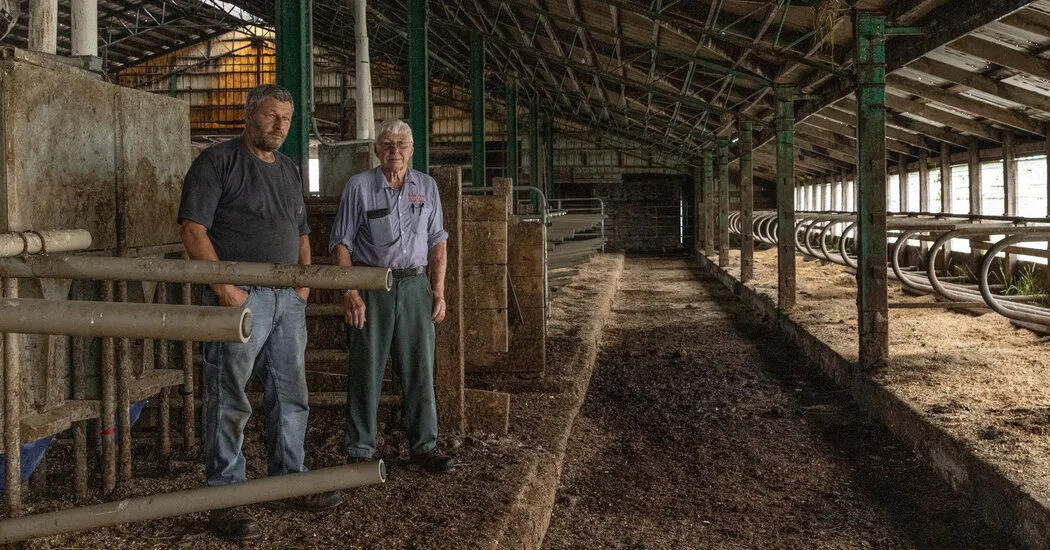PFAS and Its Impact on Health and Food Safety in Agriculture

PFAS: An Overview
PFAS (per- and polyfluoroalkyl substances) are a group of man-made chemicals known for their persistence in the environment and human body. Widespread use in various industries has led to significant contamination of water sources.
Health Risks Associated with PFAS Exposure
Studies have linked PFAS to various health issues, including endocrine disruption, liver damage, and increased risk of certain cancers. Particularly concerning is the impact on children, who may be more vulnerable to these harmful effects.
PFAS in Agriculture and Food Safety
- PFAS contamination in livestock can lead to harmful residues in beef and dairy products.
- Environmental factors, such as the use of sewage sludge as fertilizer, increase the risk of PFAS entering the food supply.
- Reports from New Hampshire and Maine highlight emerging concerns regarding water pollution and public health.
Regulatory Responses and Future Directions
The EPA has initiated efforts to regulate PFAS, yet challenges remain in effectively addressing this widespread issue. Continuous monitoring and robust testing protocols are necessary to safeguard public health, particularly for vulnerable populations like children.
This article was prepared using information from open sources in accordance with the principles of Ethical Policy. The editorial team is not responsible for absolute accuracy, as it relies on data from the sources referenced.